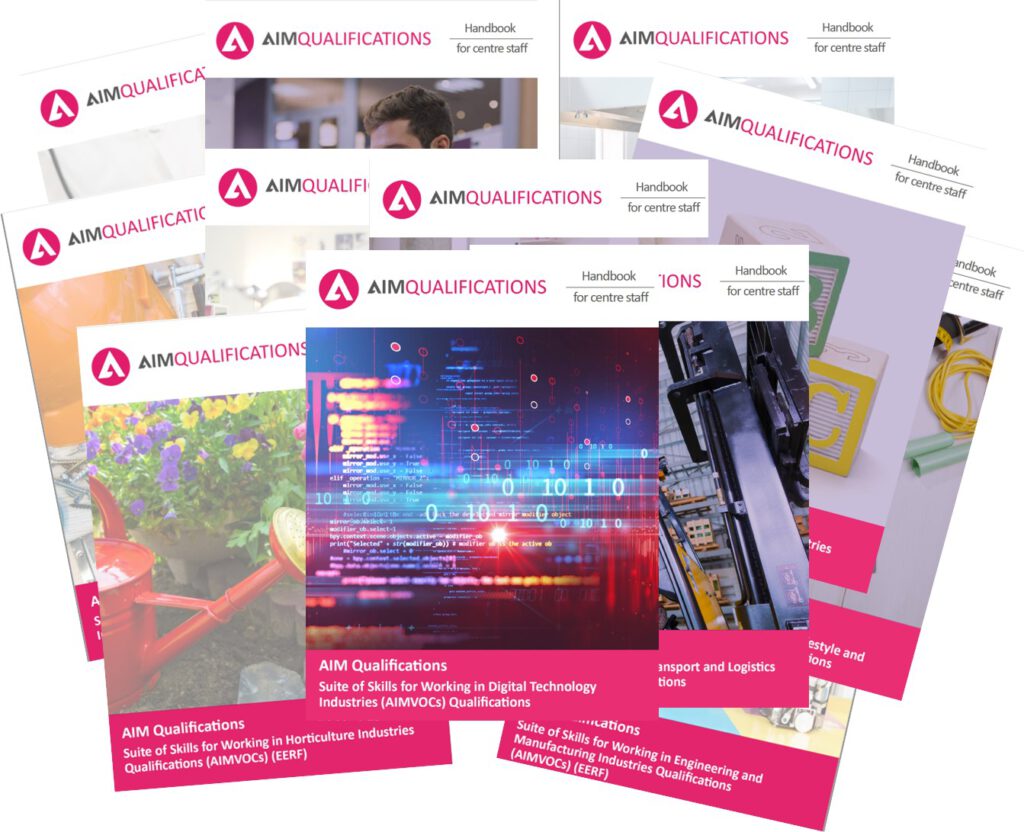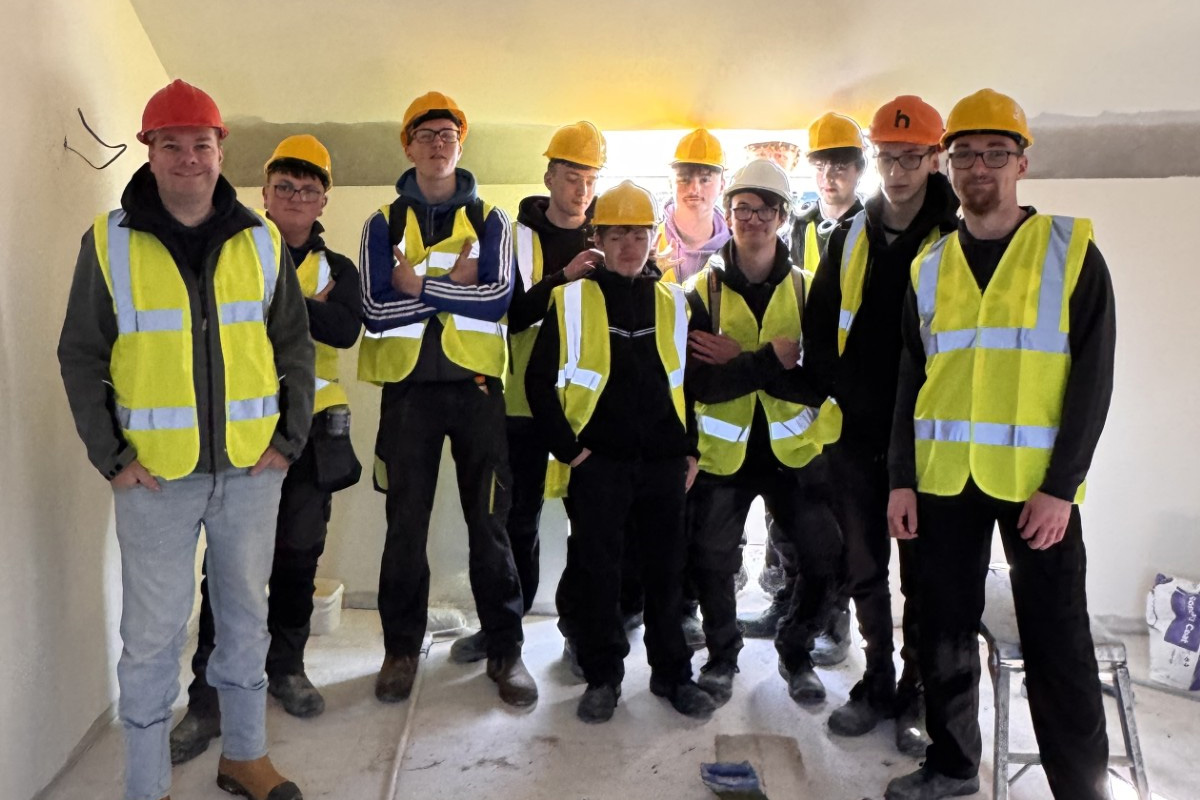Is there a viable alternative to the traditional curriculum for vulnerable and SEND learners?

For many of us, the words’ deep dive’ can be associated with an exciting scuba dive in the Red Sea off Sharm El Sheikh. Unfortunately, if you work in education, those eight letters became the current buzz words thanks to the new OFSTED (@Ofstednews) framework that took effect from 2019. Those two words can send any member of staff into a frenzied panic that the curriculum isn’t broad enough, doesn’t scaffold learning or show enough progression of skills, understanding and behaviours.
But how do we develop a wide curriculum for all learners? How do we show progression through the stages? How do we make sure all learners are fully accessing the curriculum? How can we step away from the results emphasis and ensure that curriculum offer has more importance than the exam factories? Are performance points always the solution to the curriculum plan?
An alternative curriculum
For many learners they can access the main GCSE programmes for all subjects, the content through key stage 3 developing the skills and knowledge which prepare them for the rigours of the GCSE programmes. Yet every school we see for curriculum planning and quality assurance will tell us about their cohort of learners who can’t access the GCSE’s or who need alternative curriculum to support their whole development, so how do you ensure that these learners are being able to access a full and broad curriculum?
AIMVOCs
AIM Qualifications and Assessment Group were the trailblazers in developing our AIMVOC provision. Designed to allow learners to be able to access each vocational strand from Entry Level 1 through to Level 2 depending on their level of learning, they can also complete varying size of qualification at each level, from Award through to Diploma. Being able to build up achievement in incremental stages can help support intrinsic motivation for these learners, and support character education.
Sue Benton, a Centre Lead at AIM says “Having worked for many years with individuals that experience multiple barriers to learning and the curriculum, it was a breath of fresh air to find a suite of qualifications that was designed for the learner, the individual. A qualification that promotes individual learning programmes that truly reflect inclusive education”.
Building Confidence
AIMVOC allows a ‘non-threatening’ approach to learning that builds confidence and skills for every learner, however, AIMVOC goes that little bit further… it provides a viable alternative to the traditional curriculum for vulnerable, at risk of NEET and SEND learners. For example, vulnerable learners gain a great deal from completing and achieving an Award (only 3 credits), particularly if it focuses on their specific needs or area of interest.
For many, achieving an AIMVOC Award completely changes their view of education and their own ability. The confidence gained from achieving just one Award often develops into several years of study, building confidence, self esteem, personal and vocational skills, resulting in the achievement of a Certificate or Diploma.
Unfortunately, achievement has not been easy or possible for many learners before engaging with AIMVOC, so it really is a suite of qualifications that provides a truly inclusive educational experience.
Sue adds: “Centres offering AIMVOC have ‘passionately raved’ about the value of using AIMVOC alongside the national curriculum, taking students from year 7 though to year 11 and beyond. I am told again and again how the diverse range of units allow teachers to support individuals with specific barriers, ranging from difficulties with literacy skills through to physical, verbal, communication and interaction barriers, and often provides access to the national curriculum”.











Responses